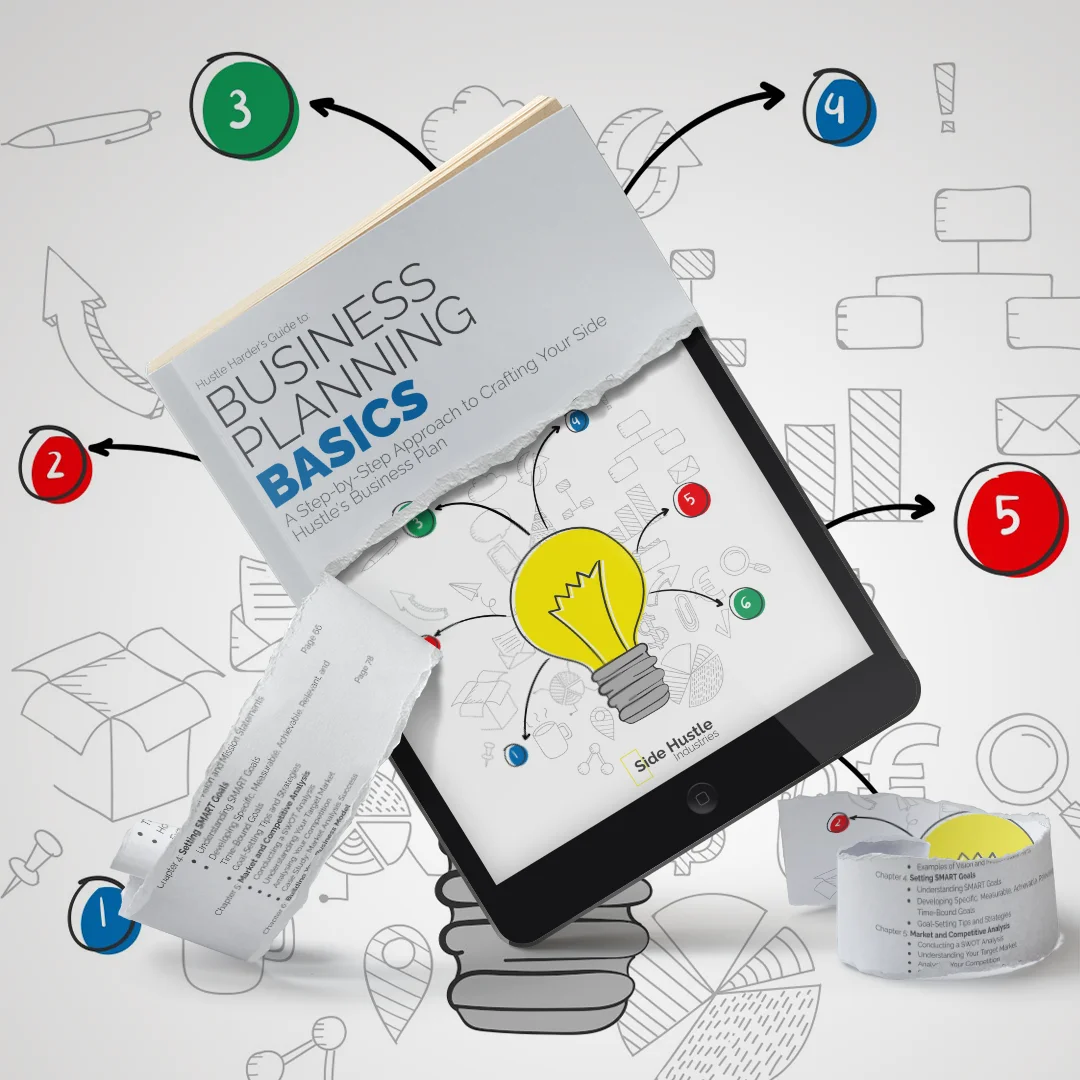
Creating a compelling business plan is a critical step in launching and growing your side hustle. A well-crafted plan not only serves as a roadmap for your entrepreneurial journey but also communicates your vision and potential to investors, partners, and other stakeholders. To help you craft a compelling business plan, here are some essential tips:
1. Understand Your Audience
Before you begin writing your business plan, it’s crucial to understand your target audience. Your plan may be read by potential investors, lenders, partners, or even your own team. Tailor your plan to address the specific needs and expectations of your audience. For example, an investor may be most interested in financial projections and return on investment, while a partner might focus on your marketing and sales strategies.
2. Start with a Strong Executive Summary
The executive summary is the first section of your business plan, and it’s often the most critical. It should be concise, engaging, and compelling. This section sets the tone for the entire document, so invest time in creating a summary that piques the reader’s interest and provides a high-level overview of your side hustle. While it’s the first section, it’s typically written last after you’ve crafted the rest of your plan.
3. Be Concise and Clear
Business plans should be well-structured and concise. Avoid jargon, overly technical language, or unnecessary details. Your goal is to convey your message clearly and effectively. Use straightforward language and provide relevant information in a format that’s easy to understand.

4. Tell Your Story
A compelling business plan is not just a dry document filled with facts and figures; it’s a story about your side hustle. Share your passion, vision, and journey. Explain why you started your business and what drives you. People connect with stories, and this personal touch can make your plan more engaging and memorable.
5. Show, Don’t Just Tell
Use visuals like charts, graphs, and images to illustrate key points and data. Visual aids can make complex information more accessible and engaging. For example, you can use graphs to show your projected revenue growth over time or flowcharts to illustrate your business processes.
6. Be Realistic
When it comes to financial projections, be realistic and conservative. Overly optimistic financial forecasts can raise red flags for investors and lenders. Base your projections on thorough research and realistic assumptions. Consider best-case and worst-case scenarios to demonstrate your preparedness for potential challenges.
7. Explain Your Competitive Advantage
Clearly outline your unique selling proposition (USP) or competitive advantage. Explain what sets your side hustle apart from the competition. It could be a patented product, a unique service, exceptional customer service, or a specific niche you’re targeting. Your USP should be evident throughout your plan.
8. Emphasise Market Research
Demonstrate your in-depth knowledge of your target market by providing comprehensive market research. This includes data on market size, demographics, trends, and customer behaviour. The more you can show that you understand your market, the more credible your plan becomes.
9. Address Risks and Challenges
Acknowledge the potential risks and challenges your side hustle may face. Investors and partners appreciate honesty and transparency. Discuss how you plan to mitigate these risks and overcome challenges. Being prepared demonstrates that you have a solid grasp of your business environment.
10. Showcase Your Team
Your team is a crucial part of your side hustle’s success. Highlight the expertise and experience of your key team members. Explain how their skills contribute to your business’s growth and sustainability. If you have advisors or mentors, mention them as well.
11. Clarify Your Funding Request
If you’re seeking funding, make your funding request clear and specific. Explain how much funding you need, how you’ll use it, and what the potential return on investment is. This section should provide potential investors or lenders with a clear understanding of the financial aspects of your side hustle.

12. Seek Feedback
Before finalising your business plan, seek feedback from trusted mentors, advisors, or business associates. Fresh perspectives can help you identify areas that may need improvement, and experienced eyes can catch errors or inconsistencies. A second set of eyes can also help you fine-tune your messaging and overall presentation.
13. Keep It Current
A business plan is not a static document. It should evolve and adapt as your side hustle grows and changes. Regularly update your plan to reflect any changes in your business, market conditions, or financial projections. Keeping it current ensures that your plan remains a relevant and useful tool.
14. Be Open to Revision
Be prepared to revise your plan as needed, especially when seeking funding or partners. Different investors may have unique requirements, and being flexible and open to making adjustments can make your plan more appealing.
15. Practise Your Pitch
Your business plan is not just for written communication. It’s also a valuable tool for pitching your side hustle in person or virtually. Practice presenting your plan to ensure you can communicate your vision effectively and answer questions with confidence.
Crafting a compelling business plan is an essential step in launching, growing, or securing funding for your side hustle. By following these tips and ensuring that your plan is well-structured, clear, and engaging, you can create a document that not only guides your journey but also resonates with your audience. A well-crafted business plan can be a powerful asset in your pursuit of side hustle success.

*Also available on Amazon in Kindle, Soft Cover & Hard Cover formats. —> Click Here.
